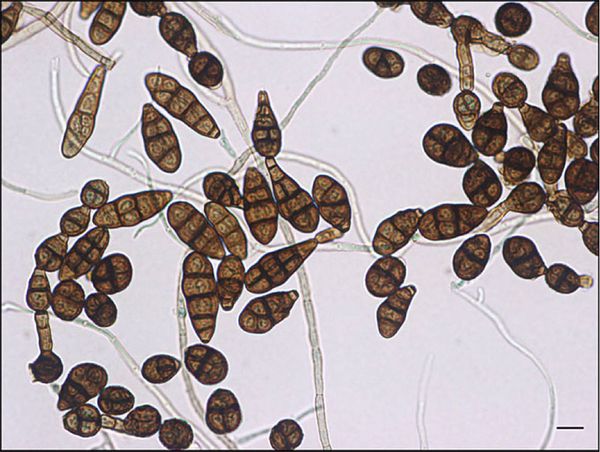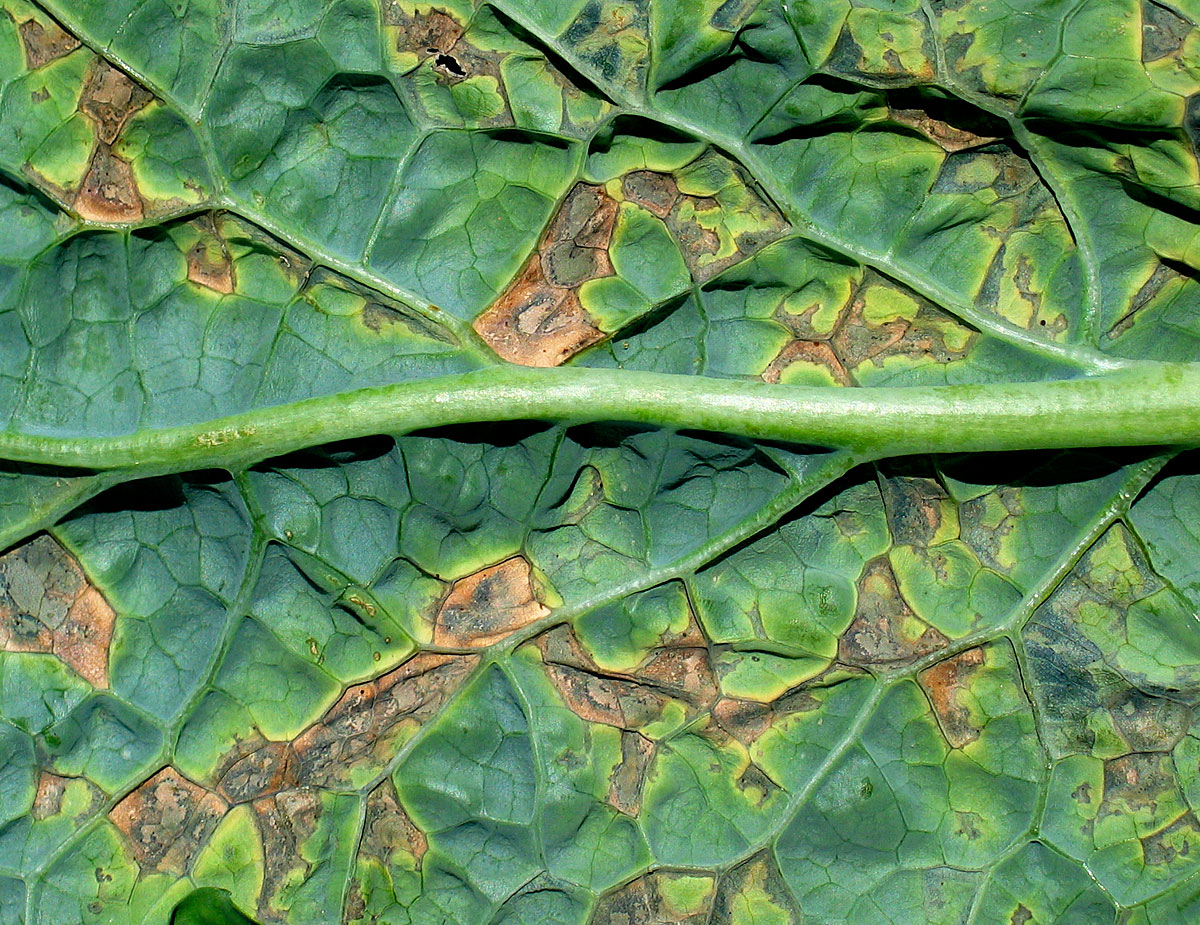- Cannabis crops are rarely attacked by Alternaria, but should this fungus make its appearance, you will have to act promptly to make sure your beloved plants are not affected and reach the long-awaited harvest in perfect condition.
- Belonging to the family of Pleosporaceae, this fungus is a real threat for all plants in general, and cannabis is no exception.

What is Alternaria?
Alternaria – or Alternaria alternate, one of its most common strains – makes part of a group of fungi (Pleosporaceae) that includes 44 different species spread virtually all around the world and that is closely linked to the decomposition of organic matter. Its impact is such that it is believed to account for nearly 20% of the global crops loss.
But the risk is not limited to plants, this fungus can affect humans too. Its consequences can vary in gravity and may sometimes cause skin or respiratory allergies (rhinitis, asthma, etc.). Reportedly, between 10 and 15% of the global population is allergic to Alternaria in varying degrees.

How to detect Alternaria?
These are the most common symptoms of Alternaria:
- Dry, dark grey to brown/black spots on the leaves and stem.
- Necrotic areas.
- General slowdown in plant growth.
- Poor nutrient absorption that results in various deficiencies.
The spots can reach a diameter of up to 2 cm and tend to necrotize, further damaging the plant. Normally, they are round, ringed areas with slightly yellowish edges because of chlorophyll deficiency.
The spots are normally delimited by the leaves main nervations, although sometimes wider areas are affected. When this is the case, defoliation may occur, which can result in decreased plant vitality and even lead to the loss of the plant if the infection is at an advanced stage.
The spores of this fungus reproduce when room temperature reaches 20/23 ºC, optimal propagation temperature being around 27 ºC. And as they are present in the atmosphere all year round, symptoms and diseases are not infrequent.
This pathogen weakens the plant gradually and settles down quickly if the crop displays strong oxygen and potassium deficiency. A previous nematode infection, bad nutrient management, poor or even inert soil and high humidity are other factors that can lead to the development of the disease. Sometimes, the spots of the plants are topped by some smaller black spots named "conidia". These are the spores that are responsible for the reproduction of the fungus.
Alternaria has a preference for the leaves, but because of their proximity to soil humidity, it may also settle on the trunk of young plants, where it leaves greyish spots.
How to prevent and eliminate Alternaria?
Alternaria can be prevented through the following measures:
- Keeping the crop clean.
- Good ventilation.
- A balanced climate with no extreme temperature and humidity variations.
- Regular watering, in the right amounts.
- Not reusing the same soil for several grows in a row.
- Use of preventive treatments (broad spectrum fungicides).
- Always getting rid of decomposing vegetable matter.
First of all, try to keep the growing area clean by eliminating dead leaves and by properly ventilating the base of the plants. That said, you should make sure the rest of the crop is well aerated too in order to avoid humidity building up in sensitive areas. Decomposing plant matter is a magnet for pathogens, so avoid piling up large amounts of vegetable waste.
A temperature ranging from 20 to 25ºC, together with frequent, well-managed watering tailored to the needs of the crop is key to preventing the appearance of pathogens.
If Alternaria has already colonised your crop and what you need is eradicating it, natural fungicides such as horsetail work very well. That said, if the problem persists, you will have to resort to stronger fungicide. Should that be the case, try not to apply the treatment during flowering, as the flowers absorb the active molecules directly from the product. Instead, use two products alternately every 10-15 days always following the manufacturer's instructions. This type of products tend to be concentrated and will most probably require dilution.



Comments from our readers
There are no comments yet. Would you like to be the first?
Leave a comment!Did you like this post?
Your opinion about our seeds is very important to us and can help other users a lot (your email address won't be made public).